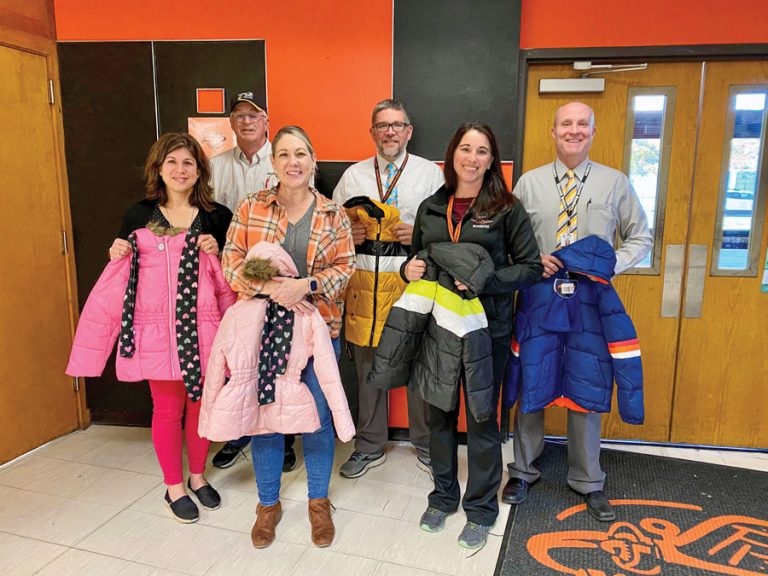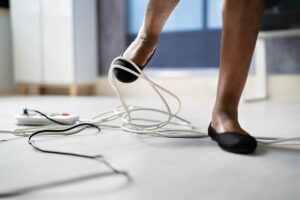Winter storms bring bitterly cold temperatures, high winds, and ice and snow. Such weather can cause hazardous road conditions, downed power lines and extended power outages. Knowing what to do before severe winter weather strikes will help keep you and your family safe and warm during and after.
Start preparing by updating and restocking your emergency kit. Every kit should contain these basic items: water (one gallon per person per day for three days), non-perishable food, battery-powered or hand-crank radio, flashlights, extra batteries, a first-aid kit, moist towelettes, warm clothing and blankets. A full list can be found on the website ready.gov/kit.
Paying attention to the National Weather Service and local media can help keep those in the path of a winter storm aware of impending severe weather. It is important to know the differences between various watches and warnings.
- Winter Storm Watches signify stormy conditions, including heavy snow, freezing rain or sleet, that are likely to occur within the next few days. You should be alert, as this means adverse conditions could begin within the next 12 to 48 hours.
- Winter Storm Warnings call for stormy conditions to begin within the next 24 hours. Those in the range of the warning should be mindful of the impending conditions and consider canceling any travel plans.
- Blizzard Warnings advise those in the affected areas to seek refuge immediately due to high levels of snow, strong winds and resulting near-zero visibility to those traveling on the road.
The Federal Emergency Management Association tells us that winter storms are deceptive killers because most deaths are indirectly related to storms. Many hazards can remain after the storm is gone. Heavy snow and accumulating ice can easily bring tree limbs down onto power lines, cutting off power to homes and businesses.
If the electricity goes out, first notify your utility of the outage, and please be patient while co-op personnel work diligently in severe weather to get the power back on.
If you are using an alternative heating source during an outage, know how to use it safely. Be sure to dress warmly, cover windows at night, close off unneeded rooms, and place draft blocks at the bottom of doors.
When the power is restored, there will be a power surge. To protect your circuits and appliances, switch off lights and unplug appliances. Leave one light switched on as a quick reminder that the power is on.
Due to the potential for a winter storm to bring down power lines, individuals should only venture outside if necessary. Downed lines could be submerged in snow and ice, making them difficult to see. If you must go outside, use caution and treat all downed and hanging lines as if they are energized. Stay away, warn others to stay away and immediately contact your electric co-op.
If travel is necessary, be especially cautious driving, and keep an emergency kit in your vehicle. Its supplies should include a windshield scraper, a first-aid kit, a cell phone charging adaptor, booster cables, a blanket and a flashlight with extra batteries.
Never drive over a downed line because that could pull down the pole and other equipment, causing additional hazards. If you see a downed line, do not get out of your car. The safest place is inside the vehicle. Contact the electric co-op immediately.
For more information on electrical safety and weathering winter storms, visit SafeElectricity.org.










